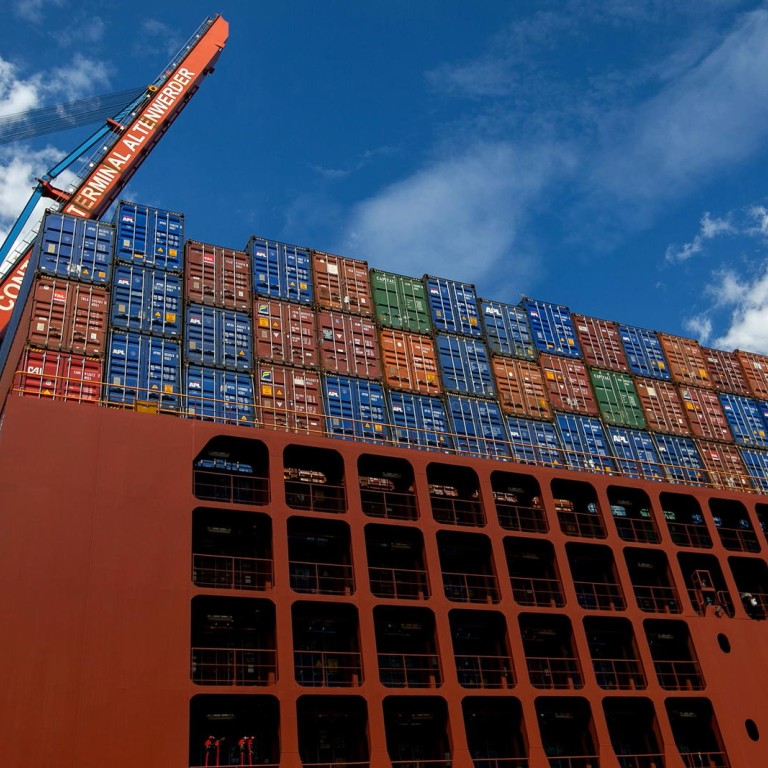
Hapag-Lloyd targets China trade after CSAV merger
German firm to strengthen exposure to developing markets, including China-Latin America trade, as it seeks a return to profitability
Hapag-Lloyd, now the world's fourth-largest container shipping company, said its recent merger with Chilean company CSAV will help it expand into China trade with Latin America, as it looks to strengthen its exposure to developing markets.
Rolf Habben Jansen, chief executive of the German company that completed the merger with CSAV's container business this month, said: "The merger strengthens our service offer in Latin America and will help us participate more in China's trades with the southern hemisphere.
"We are looking to have more exposure to the growing markets including intra-Asia and Africa, as we have traditionally focused on the mature markets."
Asia, where the company now employs nearly 1,200 people after the merger, accounts for 25 to 30 per cent of its headcount and a similar proportion of revenue. That share will go up in five to 10 years, though he added that the company's intra-Asia shipping business is still small and has yet to come up with a market-specific growth strategy.
The priority now, Jansen said, is to complete the integration by the middle of next year and return to profitability as soon as possible. The company has not been in the black for 31/2 years, recording €428 million (HK$4.1 billion) in net losses during that period.
"We are looking to write some black numbers in 2016," he said, adding that a planned IPO in the German stock market by the end of next year may not take place that soon as next year will be a year of transitions.
Chilean carrier CSAV, which specialises in the so-called north-south trades, increased its stake in Hapag-Lloyd to 34 per cent making it the largest shareholder of the company. The expected cost saving from the merger due to network integration - US$300 million - will be 85 per cent realised from 2016 onwards, Jansen said.
Improving market fundamentals and declining fuel prices are putting upward pressure on freight rates in the mid-term, he said. "Overall rates will go up, how much and how fast, I don't know," he said.
"Bunker oil price is now down to US$300 [per metric ton], which nobody could have predicted," he said, referring to the fuel used by vessels. "It is a short-term benefit if it stays down, but what the industry is looking for is stability," he said. "Chances are low for fuel prices to stay at the current level."
Moody's said in a recent report that high cyclicality in the container shipping market and the high leverage of Hapag-Lloyd remain the main risks. The ratings agency estimates the company has an adjusted gross debt to ebitda (earnings before interest, taxes, depreciation, and amortisation) ratio of 9.5 for the year to June 2014.
Jansen said the merger has improved the company's financial health as it did not add to the debt but increased equity by 50 per cent. The capital increase of €370 million from the merger will be in place "before Christmas".

